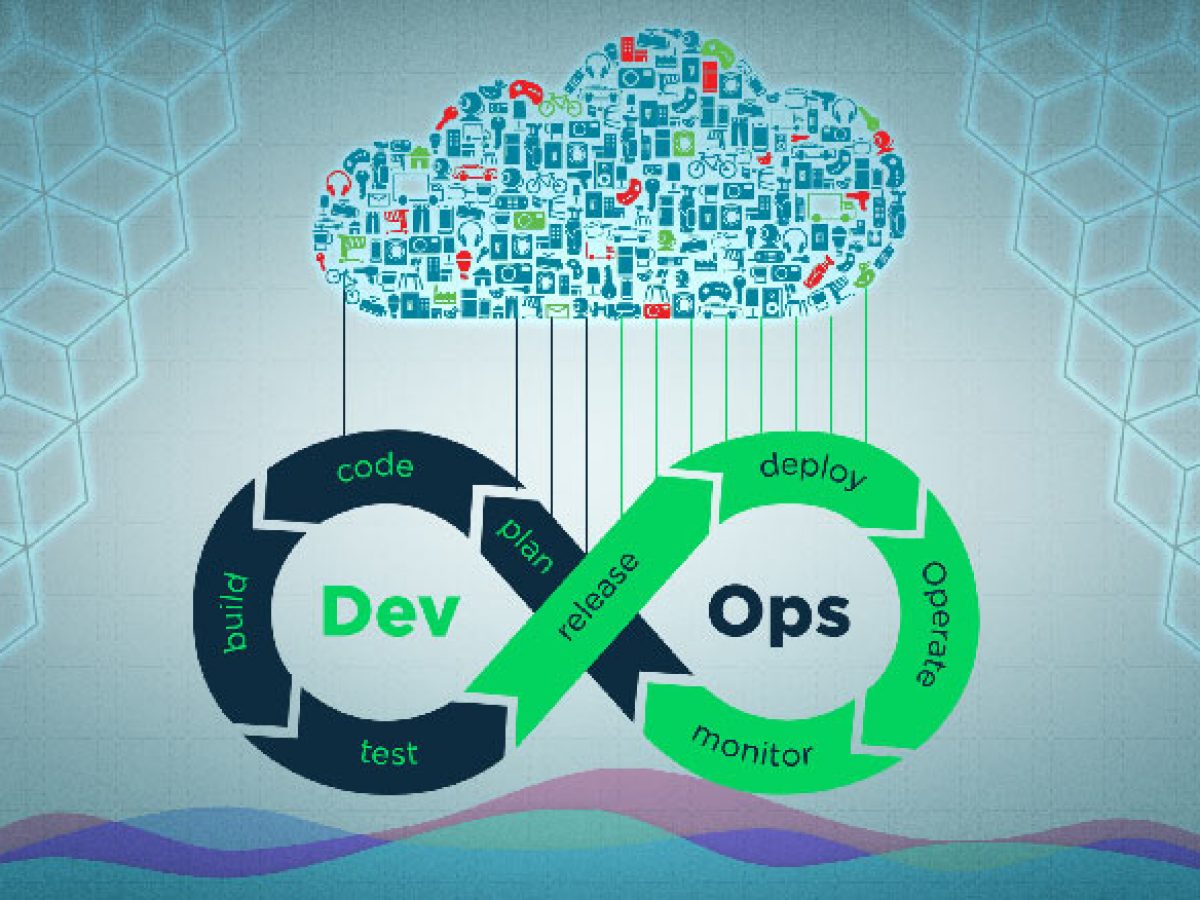Last updated on October 15th, 2022 at 07:20 pm
Software development companies have dedicated development and testing teams – that contribute to producing quality software. Testers figure out various methods to find cost-effective solutions with the help of defect management tools. When talking about DevOps, it reduces the number of defects and confirms quality assurance. Experts practice checking in small code changes frequently, as it has more positive results on the software development process. Continuous testing allows testers to evaluate all code changes and ensures that these codes are tested for any errors. In case tests fail, they can either rectify these errors to pass tests or begin by changing codes right from the initial stage. Continuous testing is also used to update any changes made in the codes as it speeds up the delivery process. Thus, software developers have valuable feedback at hand, that enables them to assess and deliver quality software.
Handling bugs in DevOps can be beneficial in the software development process. Following are a few best practices how testers should treat bugs in DevOps environment:
- Investigate All Bugs
It is quite normal for bugs to appear at any stage in the software development lifecycle. DevOps developers believe in fixing bugs quickly but it is important to check each and every bug thoroughly. Testers observe that low priority bugs can sometimes lead to big problems. This is why teams may not consider it important to rectify the bugs immediately. The Quality Assurance team requires investigating the complete scenario as a whole and then identifying bugs into different categories. No bug should just be ignored or skipped otherwise it can affect defect management adversely.
- Reporting Bugs
In a defect management process, all team members are responsible to make this process effective and efficient. Bug tracking is a continuous process, which means new bugs keep coming-in, while teams are working on current bugs (according to priority of course). More and more bugs can often de-track or affect development teams, but it does not mean that they stop reporting or attending them. When everyone reports and resolves bugs according to their assigned roles, it can help in achieving high quality products.
- Contribution of Executives to the Process
Executives require identifying key business risks by utilizing metrics and reports. DevOps leaves great responsibility onto managers and executives to analyze bugs and make defect management processes more efficient. For example, if there is a specific feature that leads to more and more bugs, and it is irrevocable – managers can decide to omit that feature from the application or find another solution, altogether. This allows them to pay attention to defect-causing factors and provide a vast test coverage area.
It is true that DevOps involves a balanced proportion of input from people, automated processes, and tools. There are underlying problems between these elements that need to be addressed and can be profitable in the long run. Thus, all stakeholders including software engineers, testers, developers, managers, and senior executives deal with these problems to operate a better defect management system.

Software Testing Lead providing quality content related to software testing, security testing, agile testing, quality assurance, and beta testing. You can publish your good content on STL.



